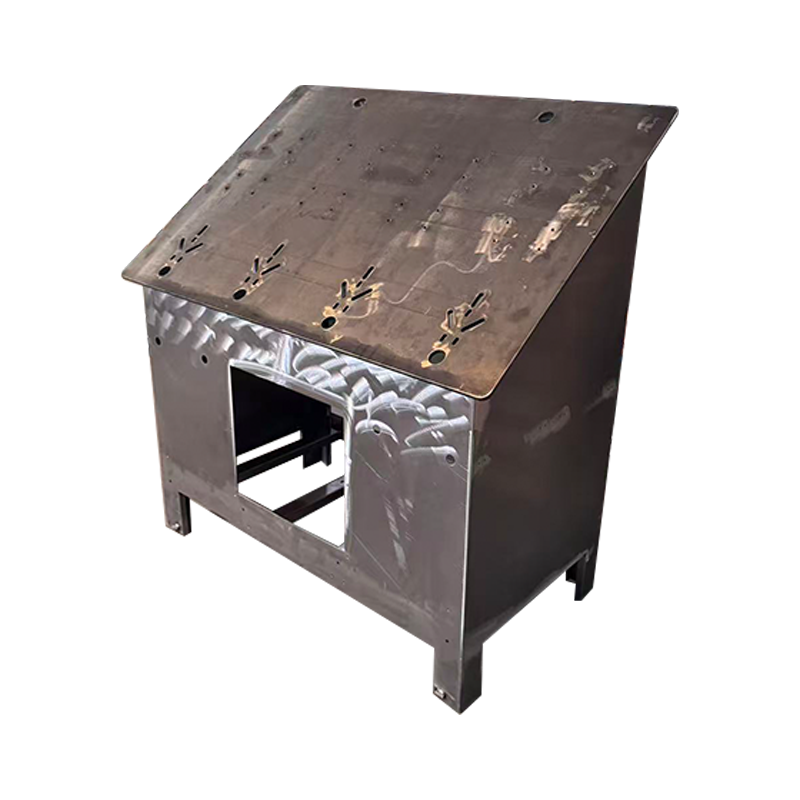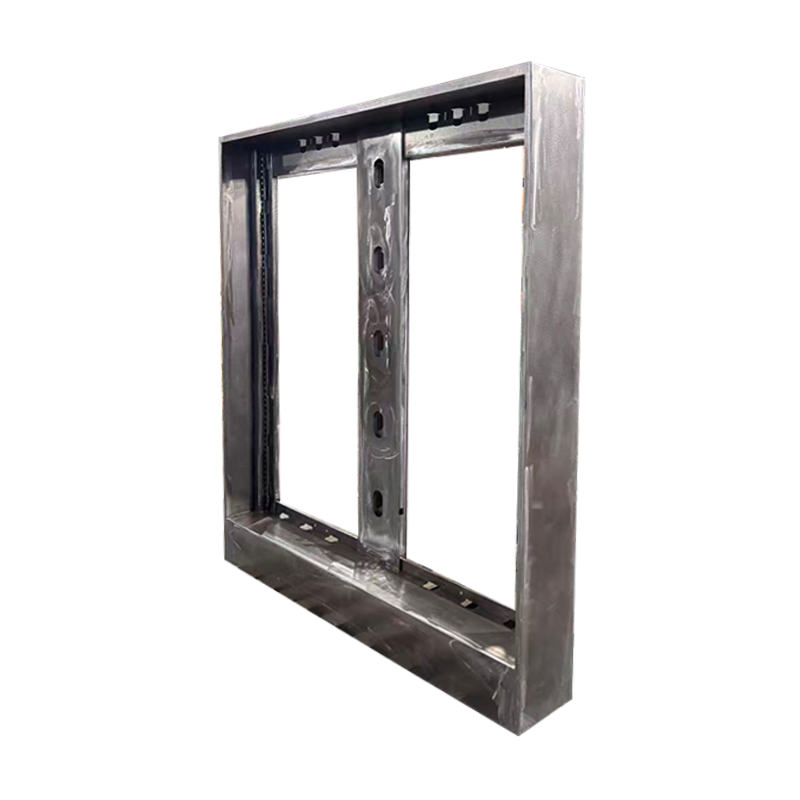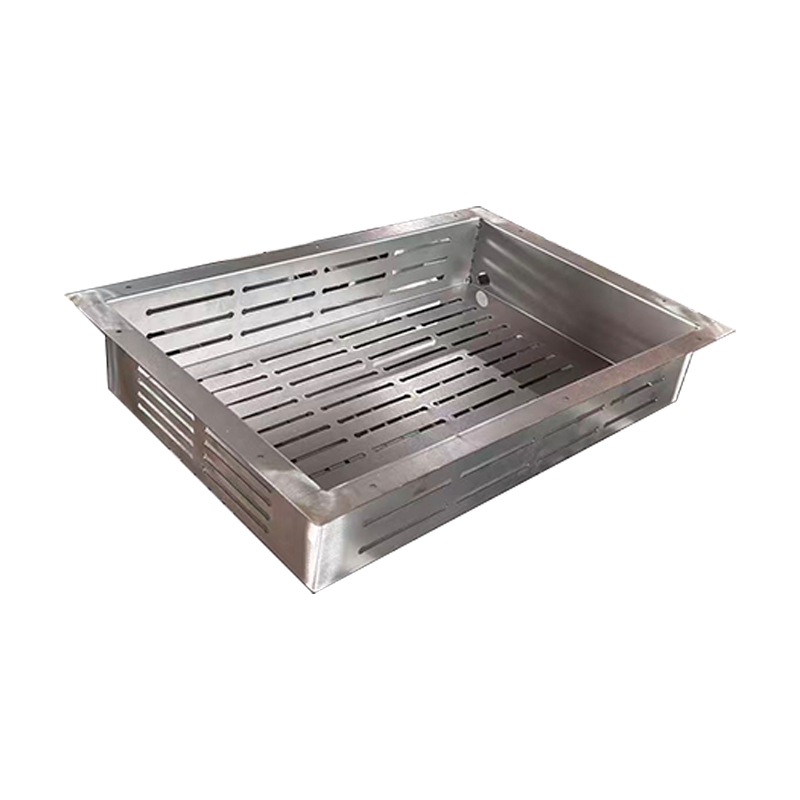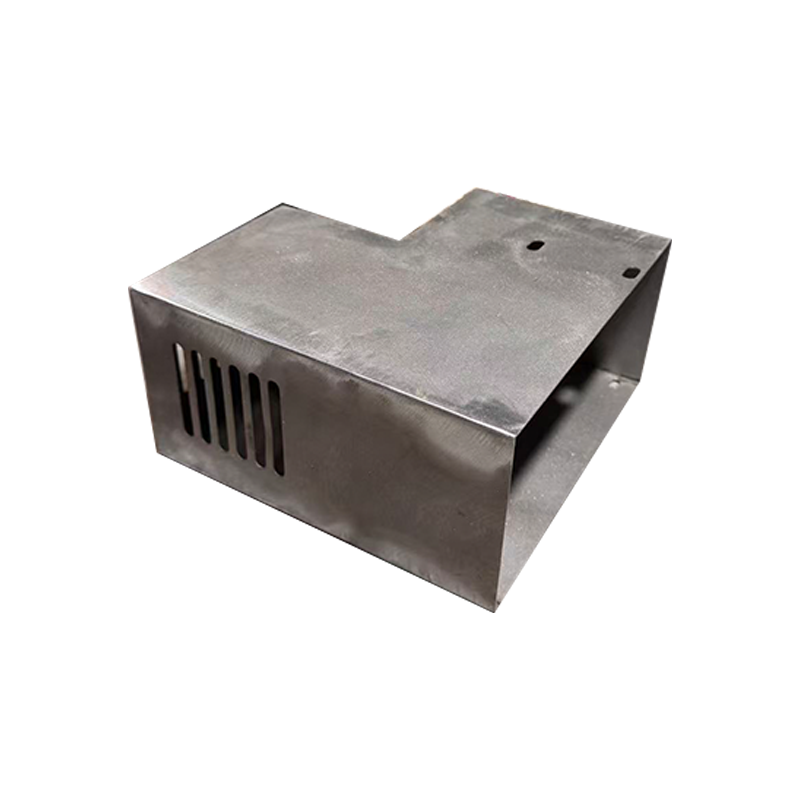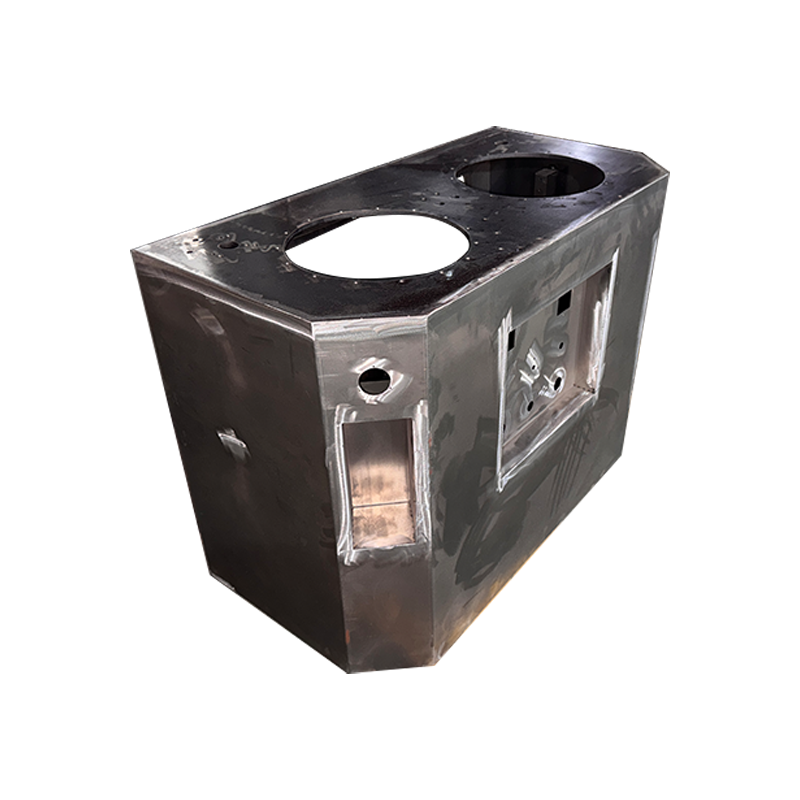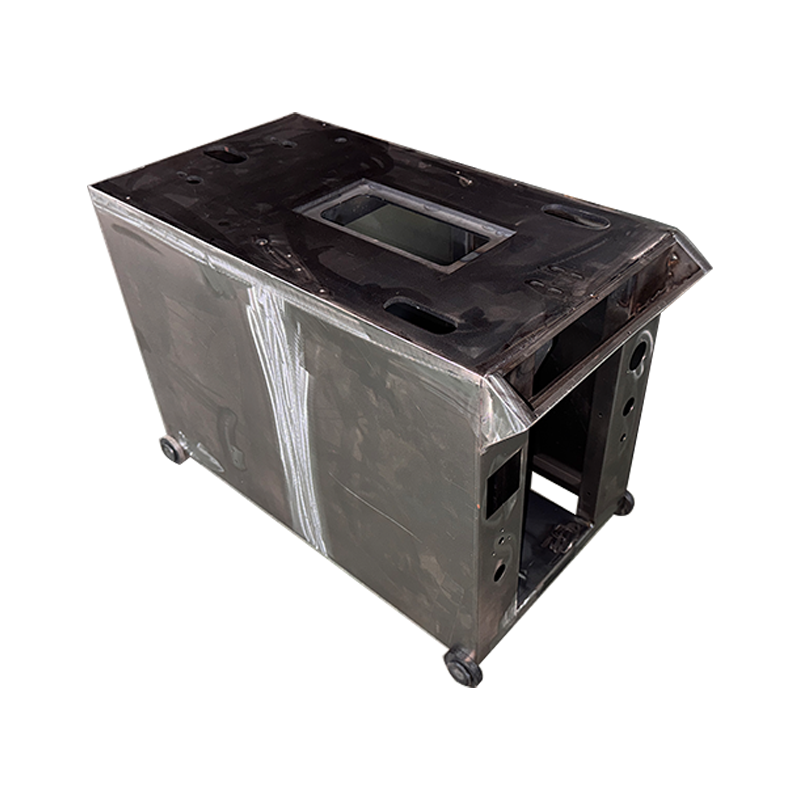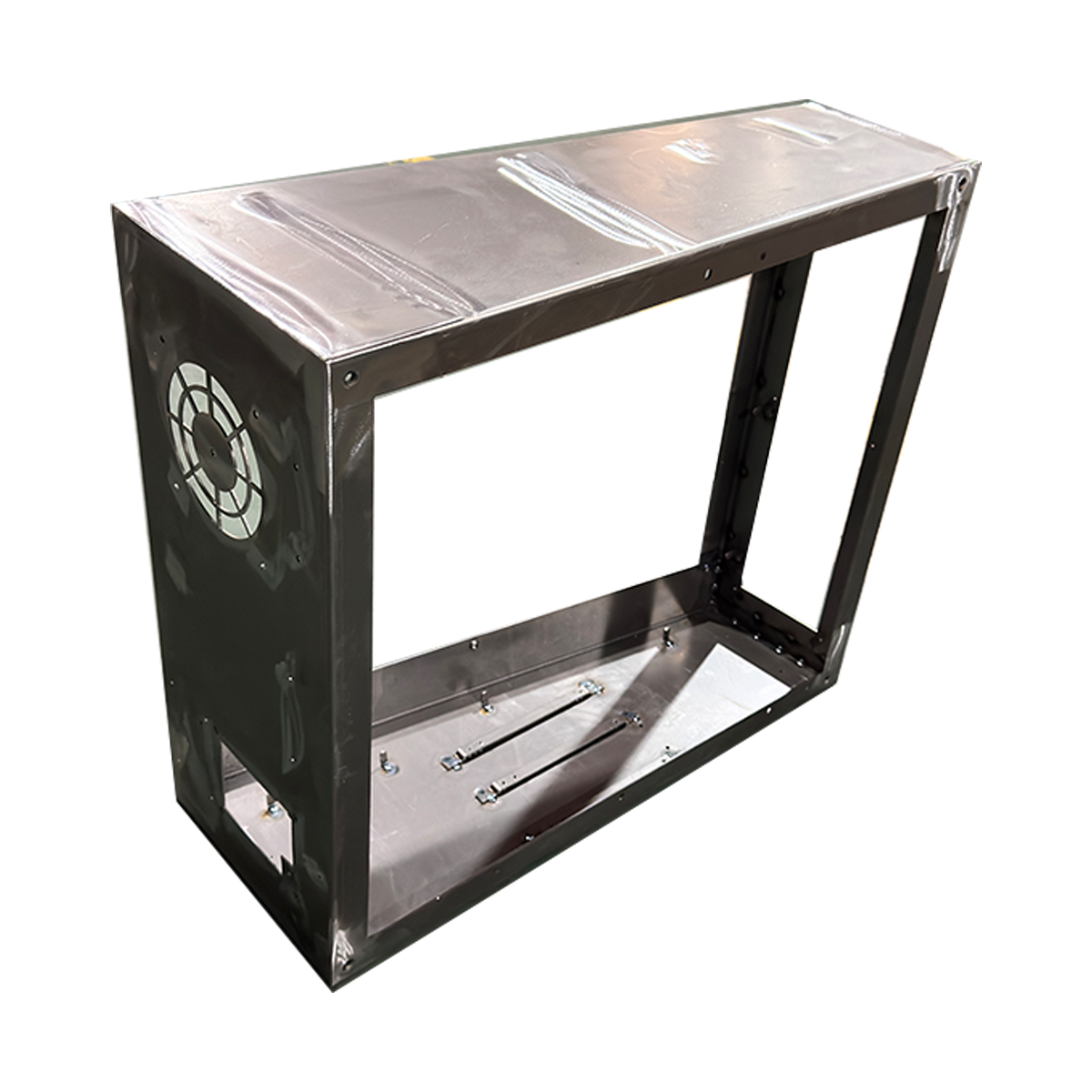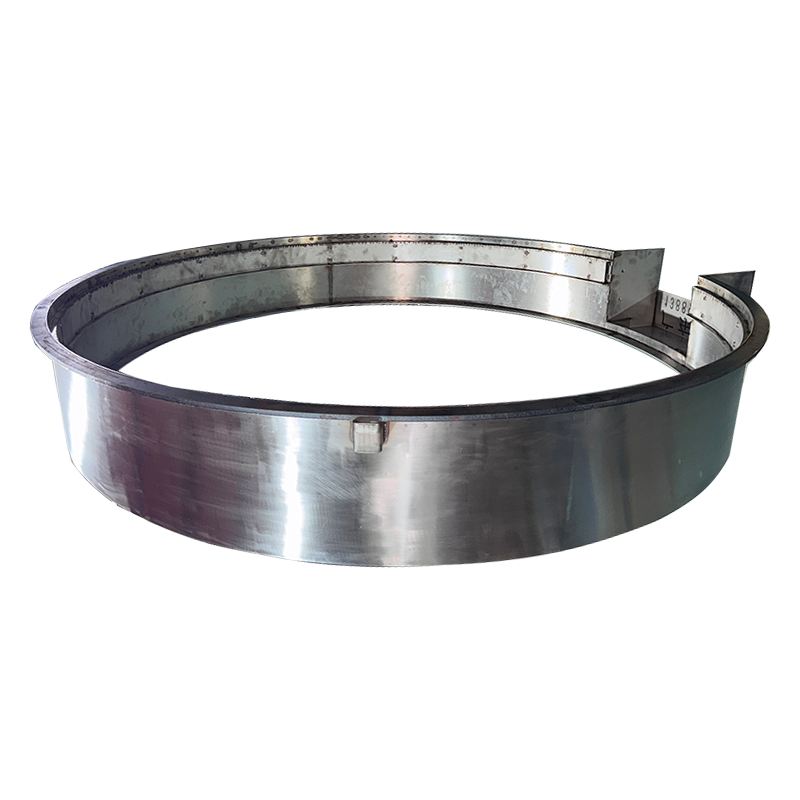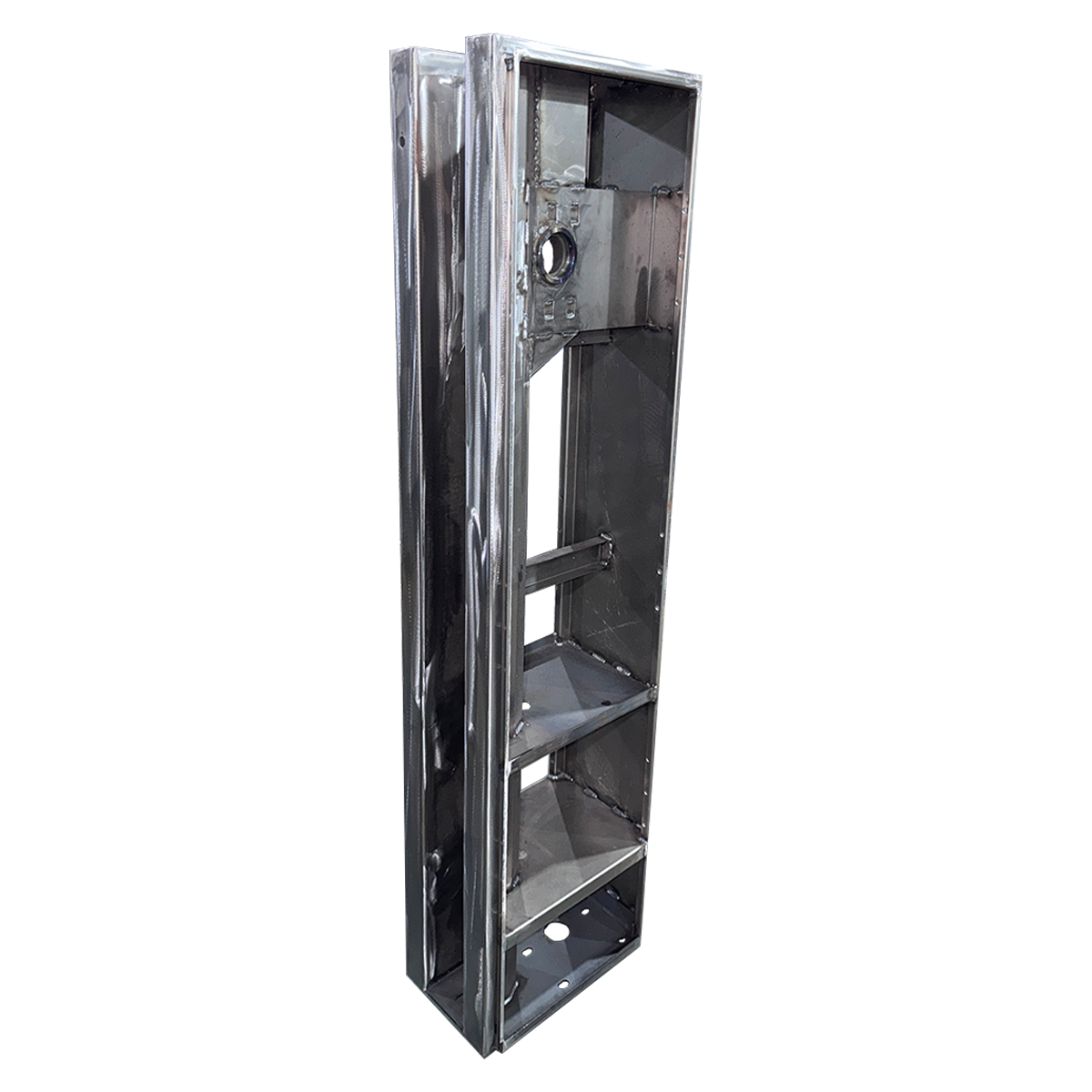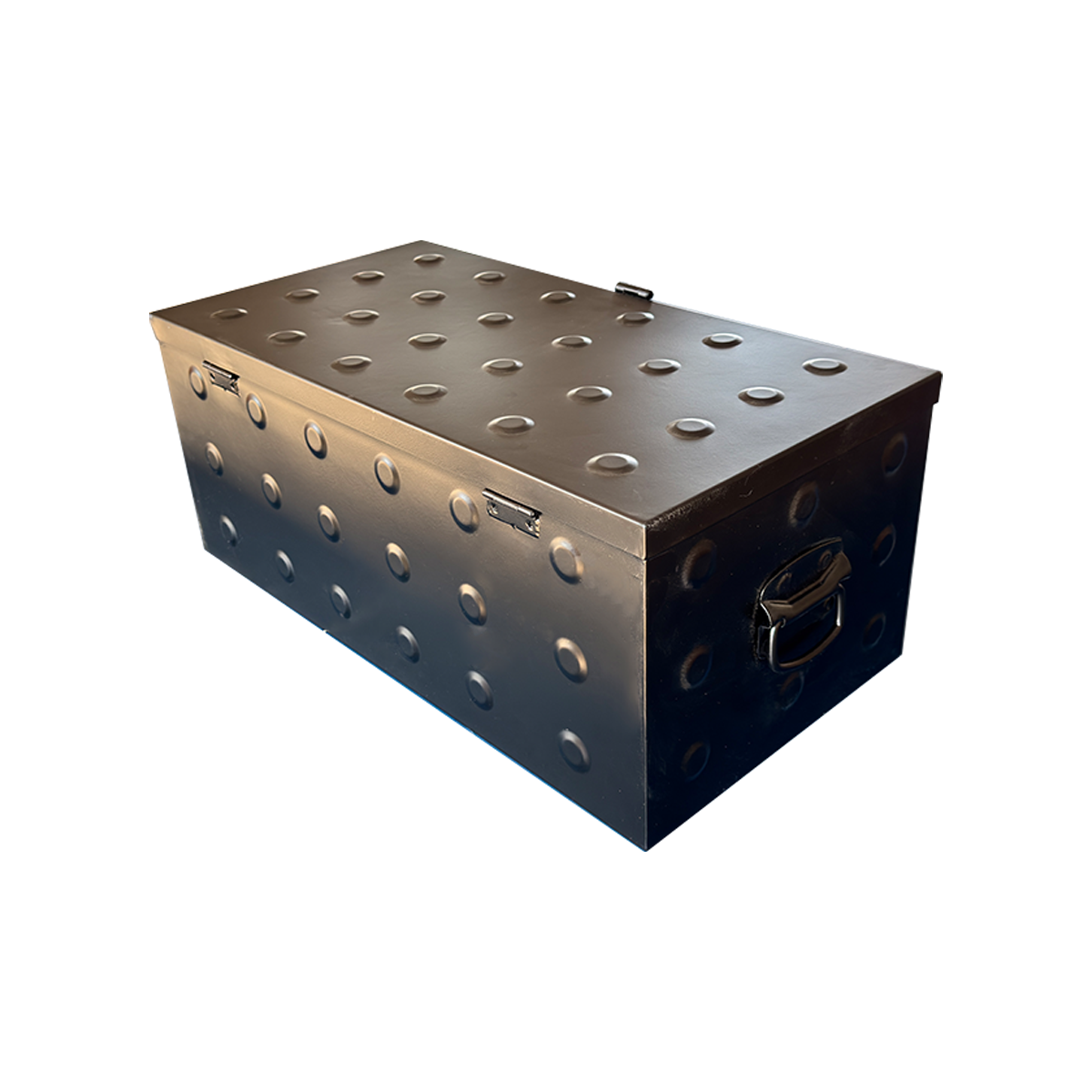Steel Cabinets: Steel is one of the most common materials used in metal cabinets. It is known for its strength and durability. Steel cabinets can come in different grades, with higher grades offering greater resistance to corrosion and wear. For example, our company specializes in manufacturing high - quality steel cabinets that are built to last. These cabinets are often used in industrial settings, garages, and even in some modern kitchens.
Stainless Steel Outdoor Cabinets: As the name implies, these cabinets are designed for outdoor use. Made from stainless steel, they have excellent resistance to rust and corrosion, which is crucial when exposed to the elements. Whether it's rain, snow, or harsh sunlight, stainless steel outdoor cabinets can maintain their integrity over time. They are a great choice for outdoor kitchens, poolside storage, or garden tool storage.
Metal Storage Lockers and Lockable Metal Storage Cabinets: These are designed with security in mind. Metal storage lockers are commonly used in schools, gyms, and workplaces for employees or students to store their personal belongings. The lockable feature adds an extra layer of protection. Our lockable metal storage cabinets are constructed with sturdy metal frames and reliable locking mechanisms, ensuring the safety of your items.
Strength: Metal cabinets, especially those made of steel, are incredibly strong. They can withstand heavy loads without warping or breaking. In a garage, for instance, a steel cabinet can easily hold up to 1000 pounds of tools, equipment, and car supplies. This makes them ideal for storing bulky or heavy items that would put too much stress on a wood cabinet.
Resistance to Environmental Factors: Metal cabinets have a high resistance to moisture, temperature fluctuations, and pests. Unlike wood, which can warp or rot when exposed to water, metal cabinets remain unaffected. In areas with high humidity, such as coastal regions or basements, metal cabinets are the better choice. They also don't provide a food source for pests like termites, which can cause significant damage to wood cabinets.
Long - Lasting Finish: Metal cabinets often come with durable finishes. For example, stainless steel has a natural corrosion - resistant finish that requires little maintenance. Powder - coated metal cabinets offer a wide range of colors and textures while also providing an extra layer of protection against scratches and chips. This means that the appearance of metal cabinets can remain intact for a long time, even with regular use.
Hardwoods: Hardwoods like oak, maple, and cherry are popular choices for wood cabinets. They are known for their density and strength. Oak, for example, has a beautiful grain pattern and is relatively resistant to wear. It can be stained or painted to match different interior styles. However, even hardwoods have their limitations when it comes to durability.
Softwoods: Softwoods such as pine are also used in cabinet making. They are generally less expensive than hardwoods but are also less dense. Softwood cabinets may be more prone to dents and scratches, especially with heavy use.
Susceptibility to Moisture: Wood is a porous material, which means it can absorb moisture. When wood cabinets are exposed to high humidity or water, they can warp, swell, or develop mold and mildew. In a kitchen, for example, if water splashes onto a wood cabinet and is not dried promptly, it can cause damage over time.
Vulnerability to Temperature Changes: Extreme temperature changes can also affect wood cabinets. In areas with hot summers and cold winters, the expansion and contraction of the wood can lead to cracks and splits. This can compromise the structural integrity of the cabinet and reduce its lifespan.
Pest Damage: As mentioned earlier, wood cabinets are a potential food source for pests like termites and carpenter ants. These insects can tunnel through the wood, weakening it and causing significant damage. Treating pest - infested wood cabinets can be costly and time - consuming, and in some cases, the cabinets may need to be replaced.
Industrial Settings: In industrial environments, metal cabinets have proven to be more durable. Factories and workshops often use metal storage lockers and steel cabinets to store tools, parts, and equipment. These cabinets are subjected to heavy use, rough handling, and exposure to various substances. Over time, wood cabinets in the same setting would likely show signs of wear and tear, such as dents, scratches, and structural damage, while metal cabinets can maintain their functionality and appearance.
Home Kitchens: In home kitchens, both metal and wood cabinets are used. However, metal cabinets are becoming increasingly popular due to their durability. A stainless steel outdoor cabinet, if used in an outdoor kitchen, can withstand the elements better than a wood cabinet. In an indoor kitchen, metal cabinets can resist the daily wear and tear of cooking, such as splashes of oil and water, better than wood cabinets.metal storage lockermetal storage lockermetal storage lockermetal storage lockermetal storage lockermetal storage lockermetal storage lockermetal storage lockermetal storage lockermetal storage lockerlockable metal storage cabinetlockable metal storage cabinetlockable metal storage cabinetlockable metal storage cabinetlockable metal storage cabinetlockable metal storage cabinetsteel cabinetsteel cabinetsteel cabinetsteel cabinetsteel cabinetsteel cabinetsteel cabinetsteel cabinet
Metal Cabinets: Metal cabinets are relatively low - maintenance. They can be easily cleaned with a damp cloth and mild detergent. For stainless steel cabinets, a simple wipe - down with a stainless - steel cleaner can keep them looking shiny. There is no need to worry about refinishing or treating metal cabinets to protect them from moisture or pests.
Wood Cabinets: Wood cabinets require more maintenance. They need to be regularly cleaned and polished to keep their finish looking good. In addition, they may need to be refinished every few years to protect the wood from damage. If there is any sign of moisture damage or pest infestation, immediate action is required to prevent further damage.


